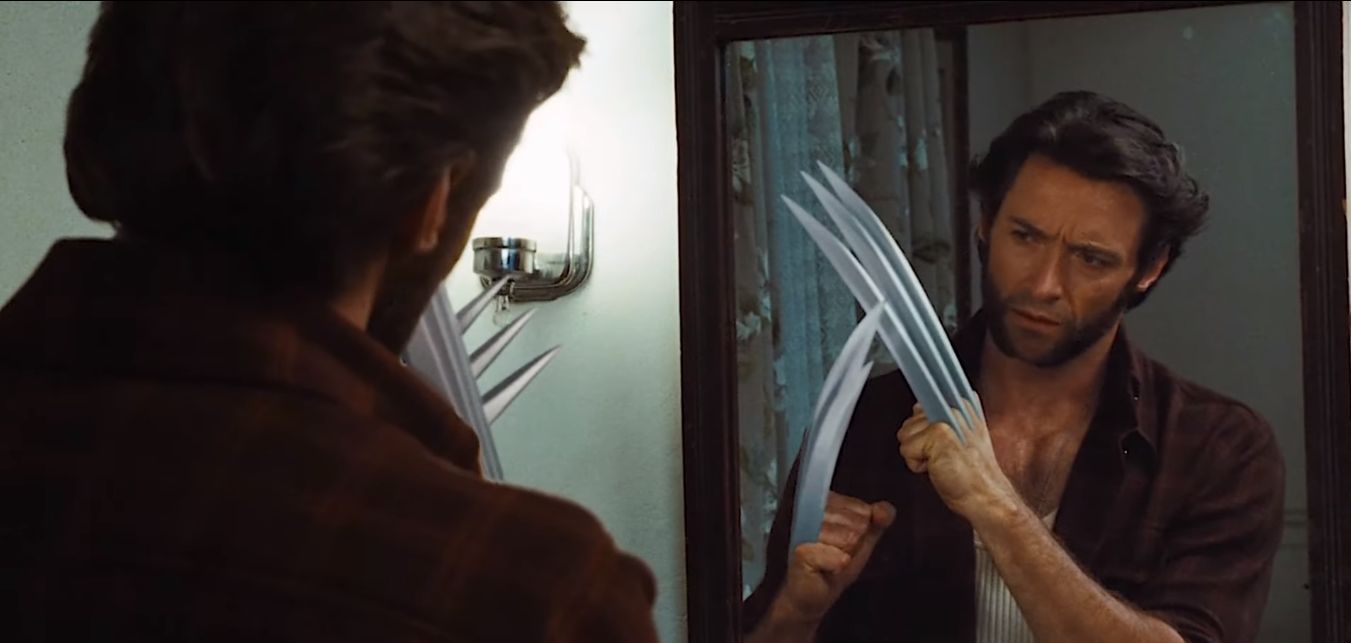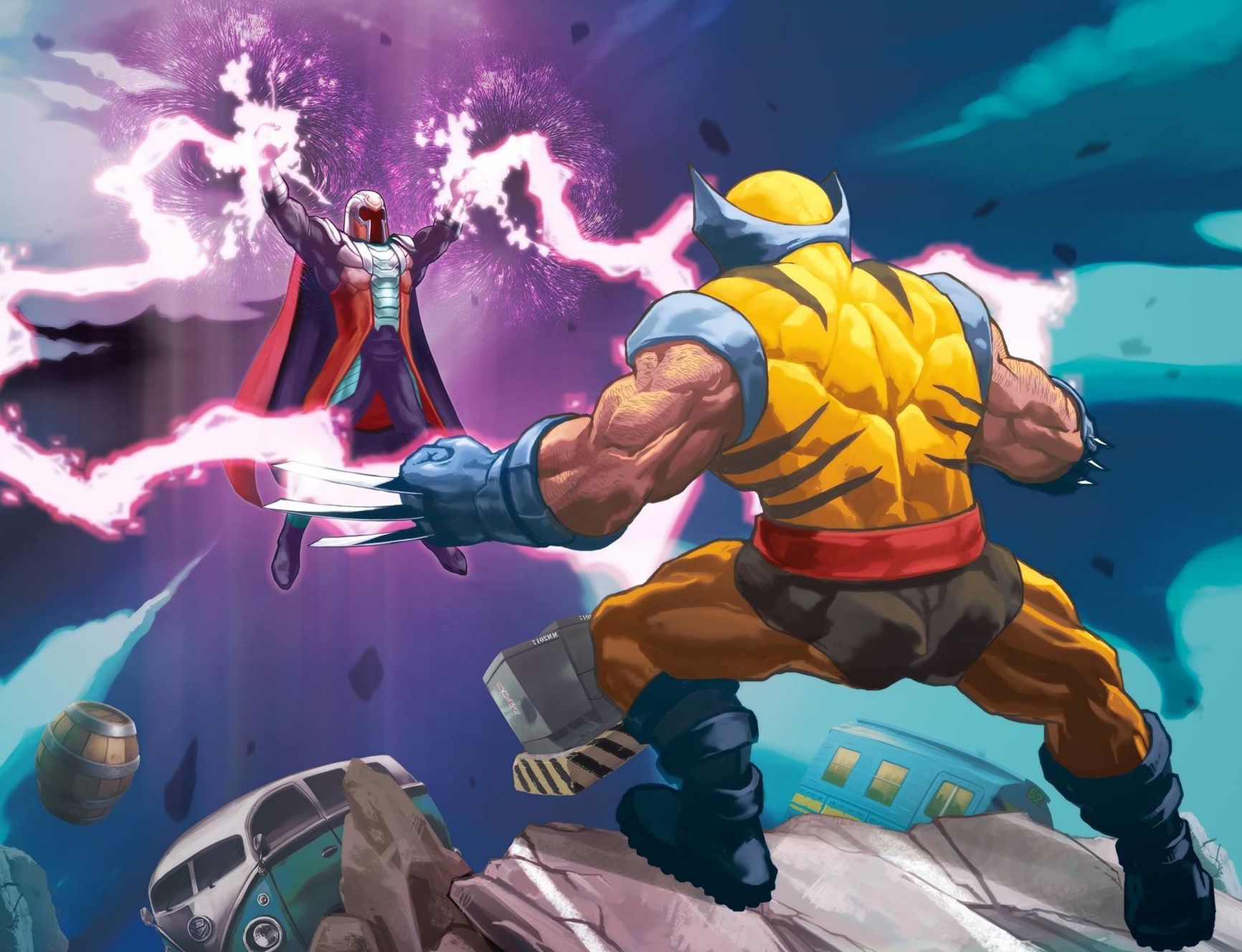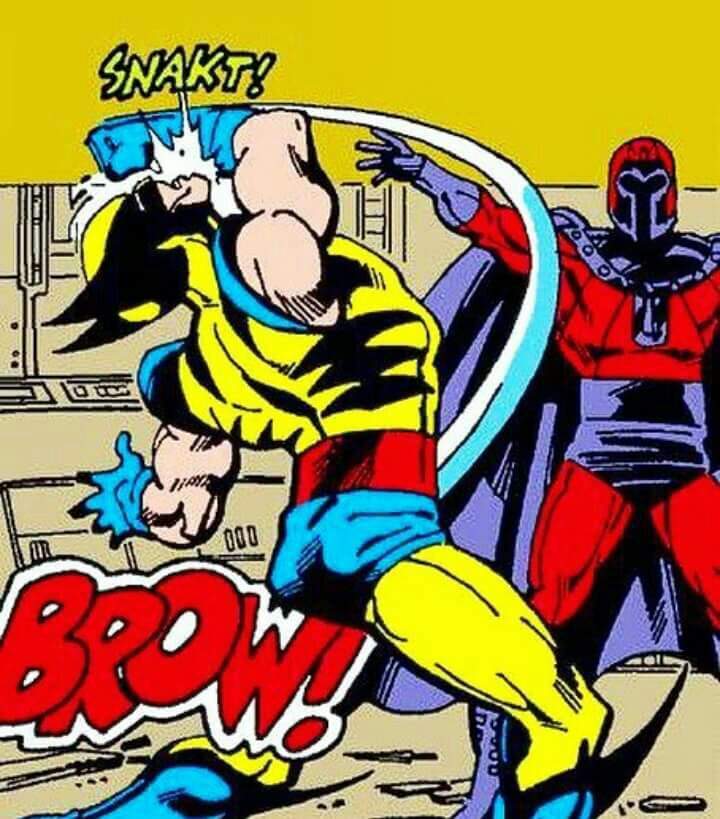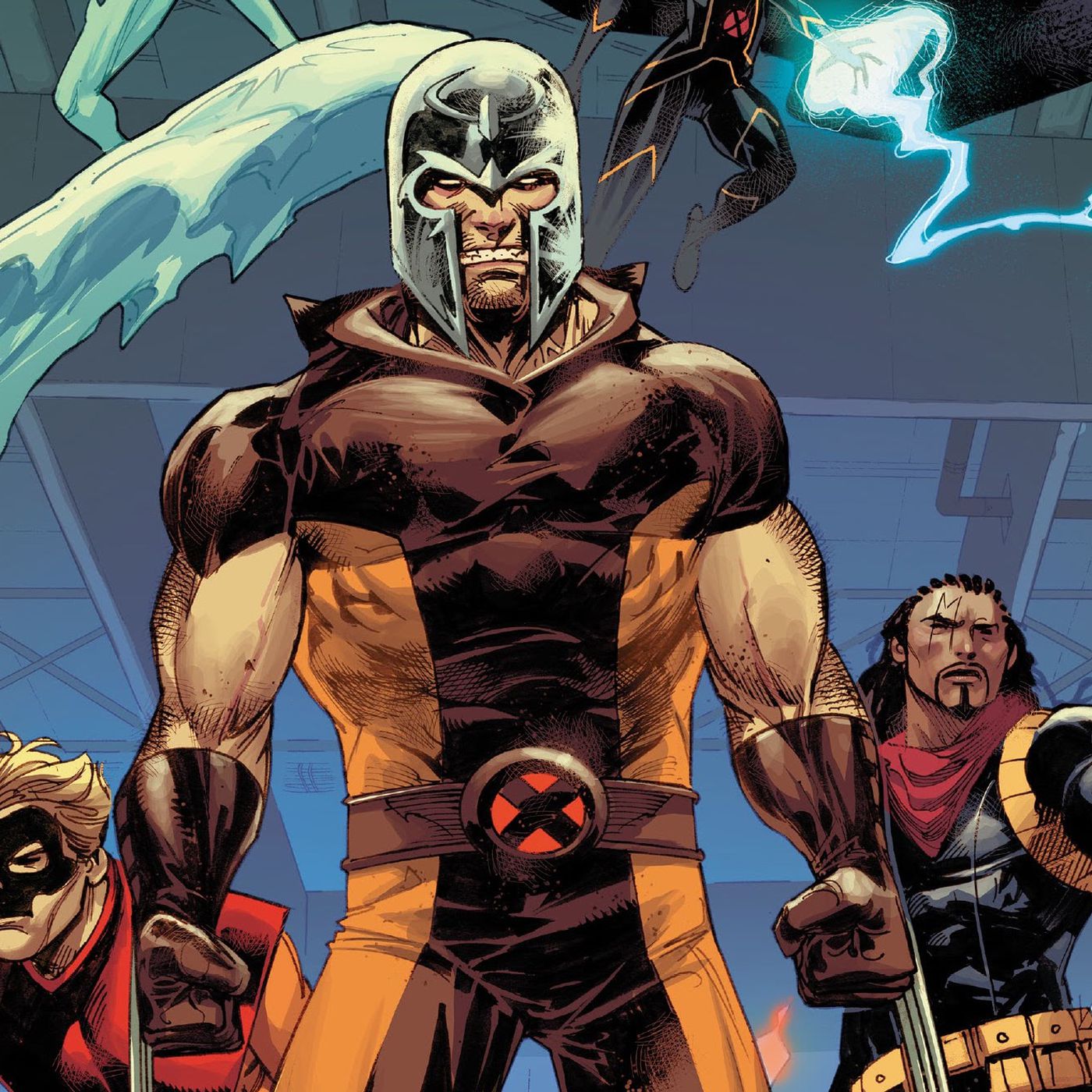The X-Men franchise is popular all around the world, and Wolverine is largely regarded as the franchise’s face. This formidable guy is distinguished by a set of adamantium claws emerging from his knuckles, which are difficult to break and extremely hazardous to those who may be forced to face the brunt of it.
The true origin and fate of these claws, as well as the claws’ connection to Wolverine’s transforming powers, were revealed when Wolverine met one of his arch-enemies, Magneto.
Magneto once pulled the big, stainless-steel finished claws made of a near-indestructible metal from Wolverine’s skeleton, which was definitely a physically and mentally upsetting event for Wolverine. Today, we take a look at one of the most horrible crossover stories a comic book fan might encounter, delving into the what, why, how, and after of the catastrophe that transformed Wolverine into a feral version of himself.
WHAT, WHERE, AND HOW?

Trauma and a life strained with the saddest of happenings are known to have made Wolverine the toughest of X-Men to have lived. An incredibly long and inspirational life was marked by loss of family at a young age, then surviving the ‘Weapons Plus’ program and its awful ministrations, and THAT was topped by what we are speaking of today – Magneto’s brutal ripping-off of the adamantium from Wolverine’s skeleton, reducing him to a monstrous beast fighting to save every cell of his being with what remained of the strength in him…. his heart.
It was the year 1993 which newly marked 30 years of the overall X-Men franchise when five Issues of a crossover series written by Fabian Nicieza and Scott Lobdell opened the floodgates of chaos in the Marvel Universe fandom. A friend from years ago became a villainous foe acting like a whole maniac, near-indestructible metals were manipulated, and bone claws were revealed – the plot and panels really got as gory as one can possibly imagine. The series was called ‘Fatal Attractions’, and in a rare occurrence featured the artwork of multiple artists, given that the plot description was heavily dependent on accurate representation in print.
Magneto was long believed to be dead at that time – spoiler alert! NOT TRUE. His ship, the asteroid base ‘Avalon’ served as a mutant sanctuary – a place to live (and hide) for those he chose. Extremely agitated and bothered by the tragic outcomes of the Legacy Virus and its impact on the said population, Magneto attacked the Earth with a form of an electromagnetic pulse, destroying every hope of peace that Charles Xavier ever had of maintaining peace between humans and mutants.
Not only were several lives lost, but this act by Magneto also caused electronic devices on Earth to malfunction or not work at all, quite to the shock of all Earthly authorities who gloriously attempted to ‘convince’ Magneto to not use his powers against the beings of Earth.
The X-Men – including Jean Grey, Gambit, Quicksilver, Bishop, Rogue, and of course, Wolverine – were brought together by Professor X as a team to attack rapidly instead of going by the way of defense. Xavier too, followed the X-Men when they invaded Avalon by wearing a Shi’ar exoskeleton to allow him to walk. The team put up a brave front, but Magneto had his plans.
The X-Men were successful to the extent that they managed to put out several of Magneto’s Acolytes – followers ideally loyal to their master, a devil – along their way to hunting down Magneto. Magneto, however, does not wait to attack and launches one at the team as soon as he can, catching the X-Men completely off-guard. The unprecedented attack leads to one of the most intense fights in the Marvel Universe. Jean and Professor X teamed up, using their powers of telepathy to cause a mental breakdown for Magneto owing to his troubling past.
That mental attack, alongside Wolverine’s physical one where Wolverine manages to make a lethal strike at Magneto’s torso, enrages the latter to no end, and his scale of rage flew up. Striking-to-kill Quicksilver first, Magneto’s next move gave birth to one of the most disturbing comic panels ever, visually and literally. Magneto managed to use his powers to skilfully melt the adamantium in Wolverine’s claws, and literally ripped it out of his skeleton, risking Wolverine himself ripping apart.
No one had an inkling that the metal had contributions to make to Wolverine’s powers to heal quickly. Additionally, the adamantium essentially bonded with the aluminum spikes that were Wolverine’s claws, and furnishing them after being deprived of adamantium caused immense pain. Our brave hero was left almost incapacitated. Xavier then launched his final attack on Magneto by causing him complete memory loss and thus slip into a vegetative state.
THE AFTERMATH

At this point, the aftereffects of both these simultaneous happenings were deduced to be long-term, and Wolverine had to leave X-Men altogether as he was severely compromised. Magneto was left in the care of Colossus, who the X-Men lost to Magneto’s side owing to Colossus’ disillusionment – a result of Xavier’s “peace talks” aside from being affected by his sister’s death. The last we see of Colossus is him joining the Acolytes.
Meanwhile, readers…and the other X-Men struggle with a version of Wolverine they had never thought would exist for them to even see. As a part and parcel of natural regression in the metal’s absence, Wolverine’s primary mutation of a beast in his primitive form was being revealed to all, and the regression was only halted because of the experimentation done on him that had initially made adamantium a part of his body. Xavier eventually realizes that this unprecedented behavior is actually the outcome of adamantium not being present in their friend anymore. Recovery and reflection were an aggressive part of the effects of loss and would cause, perhaps irreparable trauma.
The suffering multiplied into pain when Genesis’ attempt at re-bonding the adamantium into Wolverine’s bones failed miserably. Logan degenerated further, turning more animalistic and beast-like, devolving further into a muscly creature with wild hair and his nose absent.
The mere sight of this savage creature would put someone off, and his resemblance to the superhero Wolverine was almost nil. He did manage to recover to an extent and joined the X-Men in their mission to space. Here, Skrulls attacked them and while one Skrull took Wolverine’s place in the team unbeknownst to the rest of the X-Men, the other low-key abducted the real Wolverine and took him in the presence of Apocalypse.
THE CLOSURE

The story arc was not very welcome due to its gruesome nature and the animalization of one of the most favorite beings from the Marvel world. Tales got remarkably less interesting as Wolverine himself came closer to unrecognizability. As pointed out earlier, multiple artists were engaged in the project, each giving the now-beast their own flair. While this might not entirely be the fault of the artists and Marvel was to take some blame, the issue of readers not being able to recognize Wolverine by looks or character anymore, led to a growing disinterest in the comic as a whole. Each story depicted him as less human every Issue – no nose, all the body hair and raw muscles doing very un-Wolverine actions – seemed to be the unpleasant kind of new on all fronts.
Much to the delight of readers, Marvel did realize the growing apathy towards an otherwise beloved character and in 1999, the Skrull Attack plot was revealed. When offered to deal with Apocalypse, Logan initially dismisses the idea in the former’s presence, disgusted and repelled by the idea of working for the near-omnipotent villain as his newest Horseman ‘Death’, even if it meant getting adamantium back into his own system and surviving easily.
Logan flatly refused to be the cloaked assassin serving a job for Apocalypse, until he was given the other half of the news. Apocalypse revealed that Wolverine would have to battle Sabretooth who was also fighting to keep the said metal that laced the latter’s skeleton. The force of evil that Sabretooth was, he had no qualms about becoming ‘Death’, it would in fact be a badge of pride for him.
Now faced with a dilemma like no other, Wolverine had to choose between being fighting it through and taking the place offered to him under the control of a villain and remain hopeful that he will someday, somehow find an escape; or should he stick to his ideals and let someone he KNEW would be a worse force in that place being offered to take that place instead. Our superhero made the choice we would expect of him, he battled Sabretooth and won.
Relying on the belief and faith that the good in his past would stay despite being reprogrammed by Apocalypse, he agreed to be administered the adamantium from Sabretooth’s skeleton. Adding salt to his wounds but perhaps stopping the worst-case scenario thereby, Wolverine survived the re-bonding which was successful in Apocalypse’s hands.
The ideal government assassin was now Horseman Death, completing missions in his capacity, unable to resist the conditioning from being reprogrammed – something he struggled with within his life as Wolverine for long after. Meanwhile, when the Skrull imposter was revealed to the other X-Men, they rallied together and helped break Apocalypse’s control on Wolverine – hard work but worth the effort.
A new perspective, plot, and future was born in Wolverine (Issue 145) and following, penned by Leinil Francis Yu and Erik Larsen. Newer artists were engaged by Marvel, with the sole vision of redrawing the human (or as human as a superhero could be!) Wolverine. Initially, though, the new art was explained as “involving an image inducer for a holographic disguise in public”, but the curtain dropped too soon and we just ran with the acceptance that the savage Wolverine would never be brought up or discussed ever again.
OF THE SILVER SCREEN AND THE TALE IS TOLD

The first mention of Wolverine losing adamantium is made in the movie world when reminiscing his time prior to the episodes with Weapon X, the Silver Samurai cut off his adamantium claws only to regrow bone claws. That is how ‘The Wolverine’ movie not only made a mark for Logan’s fans, but James Mangold also made sure that one did not see the metal alloy EVER return for the duration of the film. However, in the post-credits scene of the movie, there is a hint at the changing equation between Wolverine and Magneto.
Only in the following ‘X-Men: Days of the Future Past’ directed by Bryan Singer, did it occur and appear to the movie-goer that following his time in Japan, Logan had managed to restore his adamantium claws. But of course, the mystery of how that happened remained unsolved aside from fan theories, because it was an established fact that the superhero as powerful as he was, could not regenerate adamantium on his own.
As the plot of ‘Days of the Future Past’ slowly unravels, we start in the 1970s when the whole Sentinel program is being initiated and brought into action so as to wipe out the human race in its entirety. In a quest to keep freedom alive, Wolverine, Professor X, and MAGNETO of all people join hands to form a small mutant band. They go around New York City which is in shambles now, having been taken over by the epitome of evil Sentinels.
The singer revealed that it was during this time that Magneto and Wolverine came to a mutual understanding of a common enemy and for the first time in years, decided that at that point they needed to survive at that point; they had to act together. Knowing that the adamantium claws offered the mutants the tactical advantages that they did because of the metal’s characteristics, Magneto grafted the metal back to Wolverine’s claws. This arc is carried forth to the film ‘Logan’, set in the rest timeline from when ‘Days of the Future Past’ ended.
POST-CLOSURE AND HOW IT WENT

When ‘Days of the Future Past’ was released, the realization of a massive advantage of the claws in their truest form is shown to dawn upon Logan as he battles to cause damage to the Sentinels. As per the plot, in 1973 he takes them on for the first time as he uses the claws to jam the minigun he has attached to its arm.
Unlike what would have happened with adamantium, Logan is unable to split the thing in half. With that sight in front of him, all that his mind is already telling him – and also with his ultimate purpose strongly etched on that mind – Logan probably gave in to necessity instead of desire.
In all honesty, though, it is noteworthy that Logan in his primitive form accepted himself when he was stripped of adamantium, and when he chose to bear the claws again, we can see the man realize that they could be more than just a defining trait for himself – it was a savior tool for others too.
As far as the print world of the comics is concerned there were, needless to say, bigger crossovers credited to Marvel, but none probably had an effect as powerful as this one, simply because of the weight it carried on each panel, it seems. Let the years in between the first publication of the tales and today as we do not fool you, or lead you to believe that the impact of the plot arc has been diminished or removed from comic-nerd memory at any cost.
Scarring, dark, and deeply unsettling – the overall artistic bankruptcy of the idea is off-putting, to say the least. The art on those pages truly made the “unforgettable” part of this “experience” – for those who wish to call it so – but it’s not a far-fetched idea to say that it wasn’t a welcome plot back then, it probably won’t be today if Marvel tried to pull off something like this all over again.
That sentiment extends to the silver screen medium of representation as well, which probably tells us why the plot for the movies was slightly toned down, with the part about Wolverine losing and then regaining the adamantium claws shown in the most positive, controlled-chaos light possible.
If ‘Fatal Attractions’ was to be described appropriately, it’s a tale of stark contrasts, of polar opposites in every sense of the word. It does leave a reader torn between the way the two poles of the tale are treated. The plot hit a 90s X-Men fan like a truck and would shake a new reader to the core just as gloriously. It may not have as earth-shattering an effect on the de-sensitized audience today, but anyone who actually follows the ideal reading order of comics and remembers when this is coming from….shall know. They just shall.
